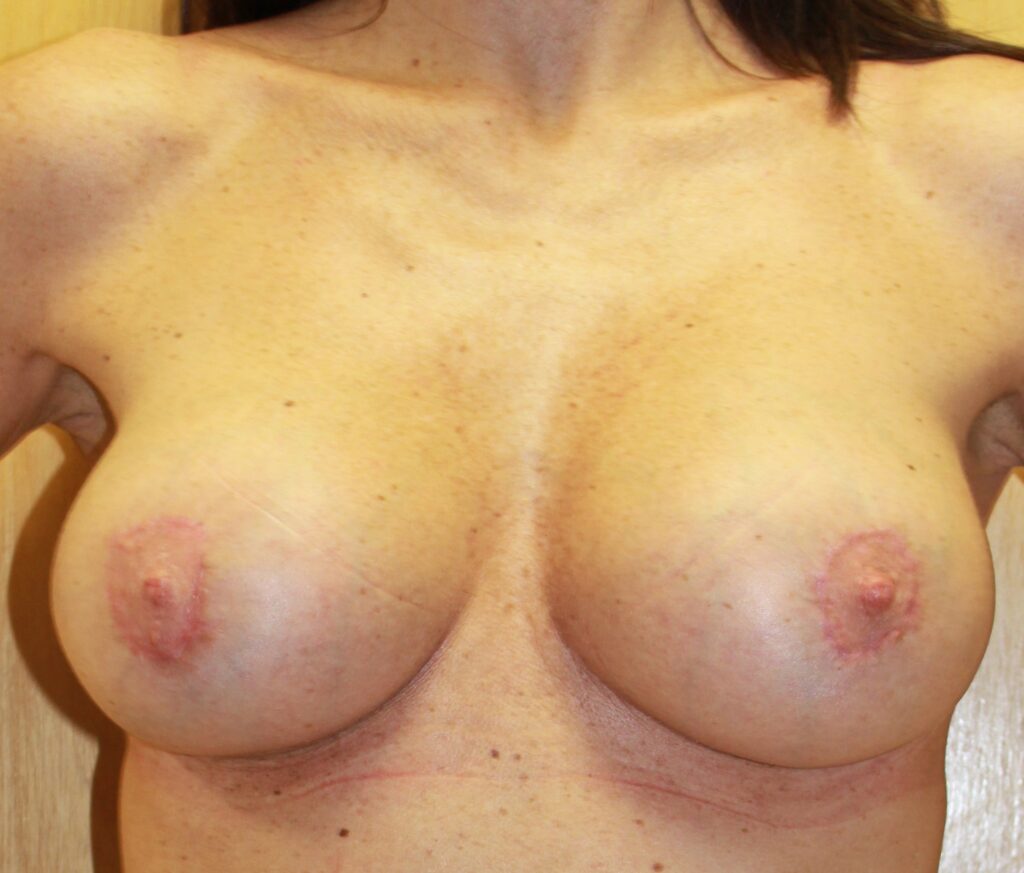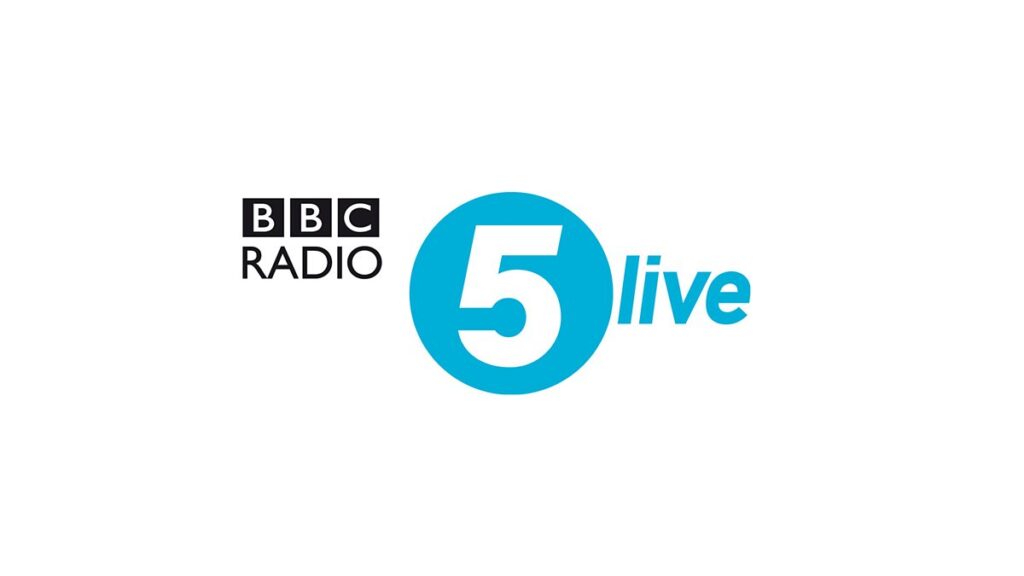What Is A Mastopexy Implant?
Mastopexy implant is an operation that combines a breast augmentation and an uplift of the breast. It may also be known as a breast lift with implants. Mastopexy implant is the best solution for drooping breasts. It can be performed as a one-stage procedure or a two-stage procedure under general anaesthetic.
Who Is It Suitable For?
If you are unhappy with the shape of your breasts, want to improve drooping breasts, increase volume or improve the shape. Then a mastopexy implant could be right for you. Mastopexy with implants can also be used to correct breast asymmetry. Other options will be discussed with you during your consultation.
Who Is It Not Suitable For?
We would advise against medical procedures if you feel you’ve been pressured into cosmetic surgery. Other signs you may be an unsuitable candidate include unrealistic surgery expectations, if you’re a smoker and if you’ve got a long medical history.
How Much Do Mastopexy Implants Cost?
A mastopexy with implants cost ranges pending on the type of procedure you are having. After a consultation, if you are suitable for a one-stage mastopexy implant procedure you will be given a quote for surgery that will include the surgeons, hospitals and anaesthetic fee. You can read more about the cost of rejuvenation procedures here.
How Long Does The Procedure Take?
The surgery will take between 1.5 to 2.5 hours.
How Long Is The Recovery?
Under normal healing conditions, you will be able to go home the same day, return to light activity after 1 week, return to work after 2 weeks and be fully healed at 6 weeks.
What To Expect During Your Consultation
You will be asked questions about your health, lifestyle and your desired outcome. Mr Ross will ask questions specific to your situation and also explain the risks and complications. You will have an opportunity to ask questions and make sure you are happy with the procedure before moving forward. The success of consultation will depend on the patient being honest and open about their intentions as well as making it clear what they are looking for.
The different kinds of mastopexy with implants will be explained to you during your consultation. A mastopexy implant involves the placement of an implant under the breast to enhance the size and shape of the breast. Incisions are usually placed under the breast at the crease. Implants can be placed under the breast gland (known as sub-glandular placement), or behind the muscle. Where the mastopexy implant is partly covered by muscle and part under the gland it is referred to as a dual plane breast augmentation. All of the options available to you will be presented during your initial consultation.

What Are The Different Implants You Can Have?
There are many different types of implants that we offer here at Gary Ross. Not only this but the covering of the implant can vary as well as what the implant is filled with. The implants you choose depend on how you want your implants to look. Another implant that we offer is breast augmentation.
The implant is filled with silicone gel or saline with a shell around it. The shell that surrounds the implant is often coated with polyurethane foam. Texturing can often be seen with a mastopexy implant which is very common.
The majority of our patients will choose gel-filled implants. Simply because they look the most natural compared to saline-filled implants. Not to mention that they last a lot longer compared to saline implants as well. It is common that saline-filled implants develop folds and they can collapse. If you choose a saline implant then you will need to have another saline implant later on.
We will use a sizing kit to find the appropriately sized implant for you. The reason for this is because there are different implants for the different sizes of chest/breast. Round implants add to the volume of the breast. Tear-dropped implants are to improve the shape and give the breasts a more natural look.
Are Silicone Implants Safe?
Silicone implants have been around for a long time. Here at Gary Ross, we use implants that are FDA approved. There has been a debate for numerous years with whether or not mastopexy with implants are linked to cancer. There is no evidence that implants cause any type of cancer, including breast implants.
One thing that has been linked with breast implants is anaplastic large cell lymphoma. The risks for this will be explained to you during the consultation to make sure you understand.
Some of the risks that have been linked with implants are:
- Implants may fail over time which happens in some cases. The gel can leak out which means that you will need another operation.
- On some occasions, implants can leak out of your breasts which could end up in the lymph glands. The good news is that this will not cause any health problems. Removal will not be necessary either.
Preparing For Mastopexy Implant Surgery
All mastopexy implant procedures require a general anaesthetic. Your health is of prime importance and any cosmetic surgery should be postponed if you are unwell for any reason. It is important that if anything changes with your health that you make contact with us.
Before undergoing mastopexy implant surgery you should do the following 6 weeks before surgery:
- Stop smoking, and commit to making this a long-term lifestyle change.
- Stop taking aspirin and anti-inflammatory drugs.
- Stop taking herbal supplements.
Before your mastopexy implant surgery, you may need to undergo some tests, so this will need to be taken into consideration if you need to take time off work. Following your mastopexy with implants surgery, you will likely experience some abdominal discomfort and should aim to be off work for at least 2 weeks. This will depend on the type of work that you do, so this will be covered in your consultation.
The Surgery
Mastopexy implant surgery often takes between 1.5 and 2.5 hours under general anaesthetic. Incisions are placed around the areola and often there is a vertical scar from the areola to the breast crease. There may also be a need to place an additional scar in the breast crease. The breast implant is placed in the chosen pocket either under the gland, under the muscle or a combination of both. The wounds are then closed with dissolvable stitches.










After Surgery
Following mastopexy implant surgery, most patients return to the ward within one hour. Most patients can eat, drink and mobilise as soon as the anaesthetic wears off. Most patients don’t require a drain (small tube to remove fluids from a surgical incision) so you will be able to move around.
As the anaesthetic wears off, you may have some discomfort which will require analgesia (pain medication). The mastopexy with implants often feel hard and will sit higher than their final position. The skin around the implants may also feel tight. Due to the pressure of the implants, you may feel a pressure effect on your chest. You will need to wear a specialist support bra day and night for at least 4 weeks.
Most patients can go home on the same day. You will be given instructions to keep the wounds dry for the next week. Someone will need to drive you home after surgery and you will need home support to help you with day-to-day tasks. After one week, you will return to the clinic to have your incision site reviewed. Once the incision has healed, you should start massaging the scar as this will improve the appearance of the final scar.
How Soon Can I Return To Exercise After The Mastopexy Implant Procedure?
Patients are advised to avoid strenuous exercise for the first week after mastopexy implant surgery. This is to ensure the incision site can heal normally. However, some light exercise is recommended to improve circulation. You should continue to wear the support bra for 4-6 weeks after your mastopexy implant surgery. You should be able to return to light exercise such as walking one week after surgery. At 2-3 works, you can increase the intensity of your exercise to include uphill walks and walking on a treadmill. At 6 weeks, you will be considered fully healed and should be able to return to your normal daily activities, including exercise without damaging your mastopexy with implants.
How Quickly Will The Surgical Scars Heal?
The pictures below show a patient’s journey from preop to 1 week where there is the usual bruising and swelling and asymmetry. The next picture shows the implants at 6 weeks after they have dropped and softened. As you can see, the scars are still red at 6 weeks, but this is normal. The final picture shows the implants a number of years later after the scars have faded. It’s normal for scars to take a number of months to fade.

Risks And Complications
The majority of patients are delighted with their mastopexy with implants, although common complaints in the early stages include a change in sensation, bruising and swelling after mastopexy implant surgery. There is also the chance of slight asymmetry as the mastopexy with implants settle.
Uncommon early complications with a mastopexy implant include:
- Infection
- Haematoma (blood clot)
- Delayed healing
- Extrusion of the implant
- Seroma formation
- Thicked scars
There is also risk associated with a general anaesthetic, including respiratory/cardiac arrest and deep vein thrombosis.
Although extremely rare, there is also the risk of infection after a mastopexy implant surgery. In this scenario, the most likely course of action would be to remove the mastopexy with implants and allow things to settle before considering reimplantation at a later date, usually around three to six months later.
What Is Capsular Contracture?
All implants change over time and will develop a capsule. This is a protective layer of scar that forms within 6 weeks of surgery around the implant. Over time, this scar can thicken and harden, which is known as capsular contracture. If this happens, it can lead to discomfort and pain, so you may need to have follow-up surgery. The chances of needing follow up surgery for any reason after mastopexy implant surgery are around 1-3% per year. So, after 10 years, between 10-30% of patients will need revision surgery. Aside from a change in the size, capsular contracture is the most common reason for follow-up surgery.
If you are concerned about capsular contracture after your mastopexy implant surgery, you may want to look at breast augmentation revision surgery.
Will I Have A Change In Sensation?
There is a slight change in sensation following your mastopexy implant surgery. The sensation will go back to normal after some months have passed by but, permanent changes is highly unlikely with your mastopexy implant.
Other Uncommon Complications Include:
- Although all implants can rotate within the pocket when anatomical implants rotate this can cause a change in shape. This is often self-limiting, due to the shape of the implant, but if it becomes troublesome, the mastopexy with implants may need to be replaced. This is an uncommon complication.
- If you are quite thin, you may be able to feel the edges of the mastopexy implant. This is an inevitable consequence of the operation and will not improve with time. Over time, ripples or folds may be palpable, especially in certain positions.
- Some patients can develop intermittent swelling following a mastopexy implant surgery. This usually resolves with time, but if it persists you will need to return to the clinic for further investigation.
- The scars following mastopexy implant surgery can be red for several weeks/months after surgery. It can take some time before the scars start turning pink/purple and then start fading into a white line. It is unusual to develop abnormal scars and unusual to have irregularities requiring a scar revision. Any revisions in the scars should not be considered for at least a year following mastopexy implant surgery as they should be given time to settle.
- Just as the mastopexy with implants will age with time, so will the breast tissue. This is particularly true following childbirth. Follow up surgery may be required to tighten the tissue at a later date. Anyone undergoing any form of mastopexy with implants should be made aware of the potential need to follow up surgery to address problems with the implant of the skin/breast tissue.
- A combination of changes to the breast and the mastopexy implant can lead to the implant looking too high or too low and for the breast tissue to hang over the implant. Over time there may be a need for a revision of your mastopexy with implants.
What Are The Implications For Mammograms And Breast Cancer Screening?
Once you have had mastopexy with implants, the implants will hold your breasts up. Meaning that you don’t need to worry about examining your breasts for anything that might danger your health such as lumps. Having mastopexy with implants does not make it harder to examine your breasts. If you ever find something unusual with your breasts then make sure that you consult a doctor. If you ever require a mammogram then you have to tell the mammography that you have had a mastopexy implant put in place.
Will I Still Be Able To Breastfeed After Mastopexy Implant Surgery?
There are questions on whether or not mastopexy implant surgery can affect breastfeeding. However, if you are unable to breastfeed once you have had mastopexy with implants then the likelihood is that you were never able to breastfeed in the first place. There is a small chance that you are unable to breastfeed naturally, with or without mastopexy implant surgery.
Mastopexy implant surgery, also known as a breast uplift, removes loose skin from the breast. After that, implants are inserted into the breasts to reshape them and lift them up. Contact us today to find more about mastopexy with implants.
The price varies for each patient when it comes to a mastopexy implant surgery. We will be able to give you a price once you have completed your consultation and you have decided to go ahead with it.
Once you have completed your mastopexy implant surgery, you will be able to return to full exercise after four to six weeks. You will have a check-up a couple of weeks or a month afterwards to make sure that the mastopexy implant surgery has gone ok and you are not having issues.
Yes, we have a few examples of previous patients who have had mastopexy with implants. You can find them on the case studies page under mastopexy implant.

























